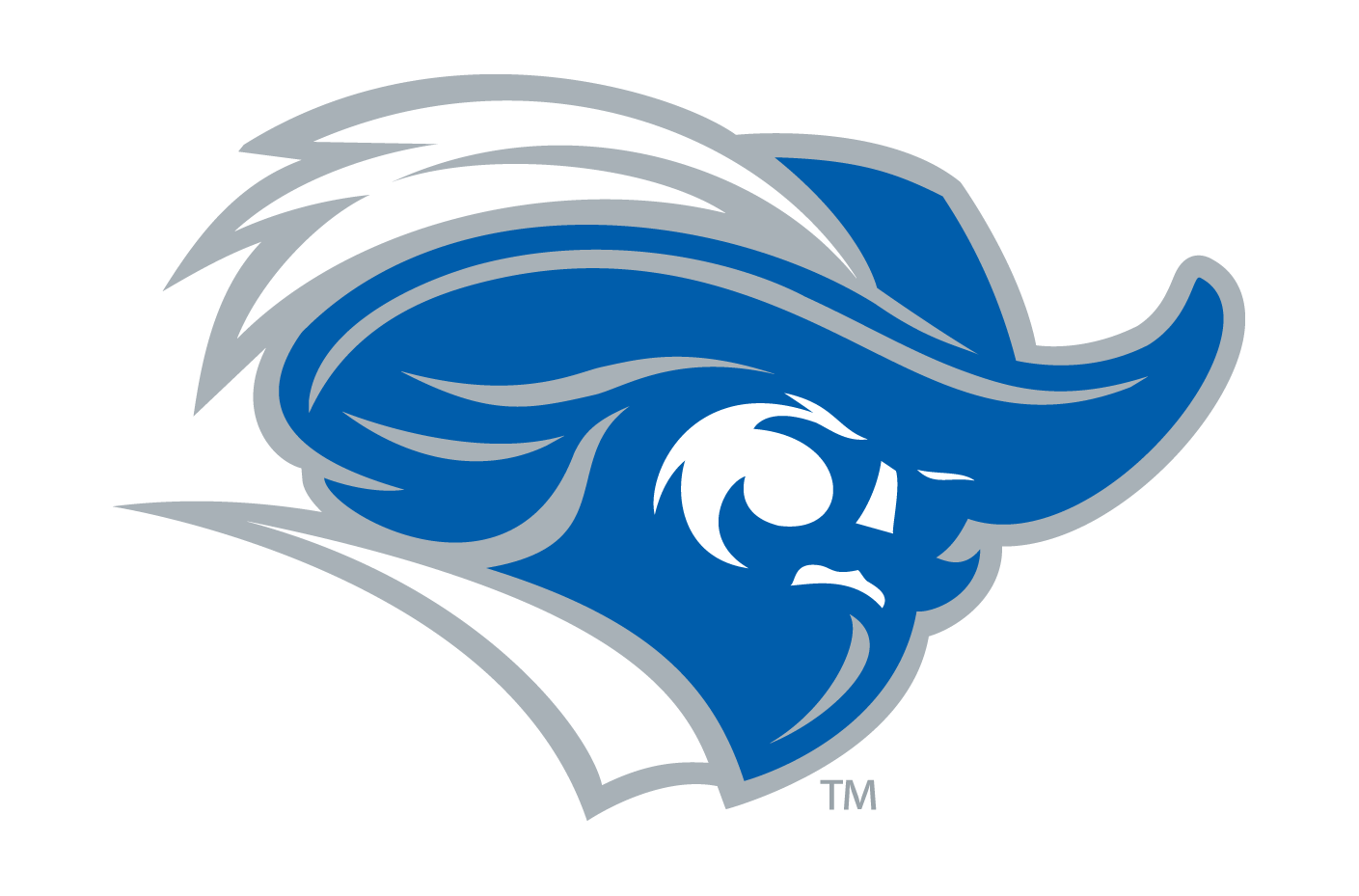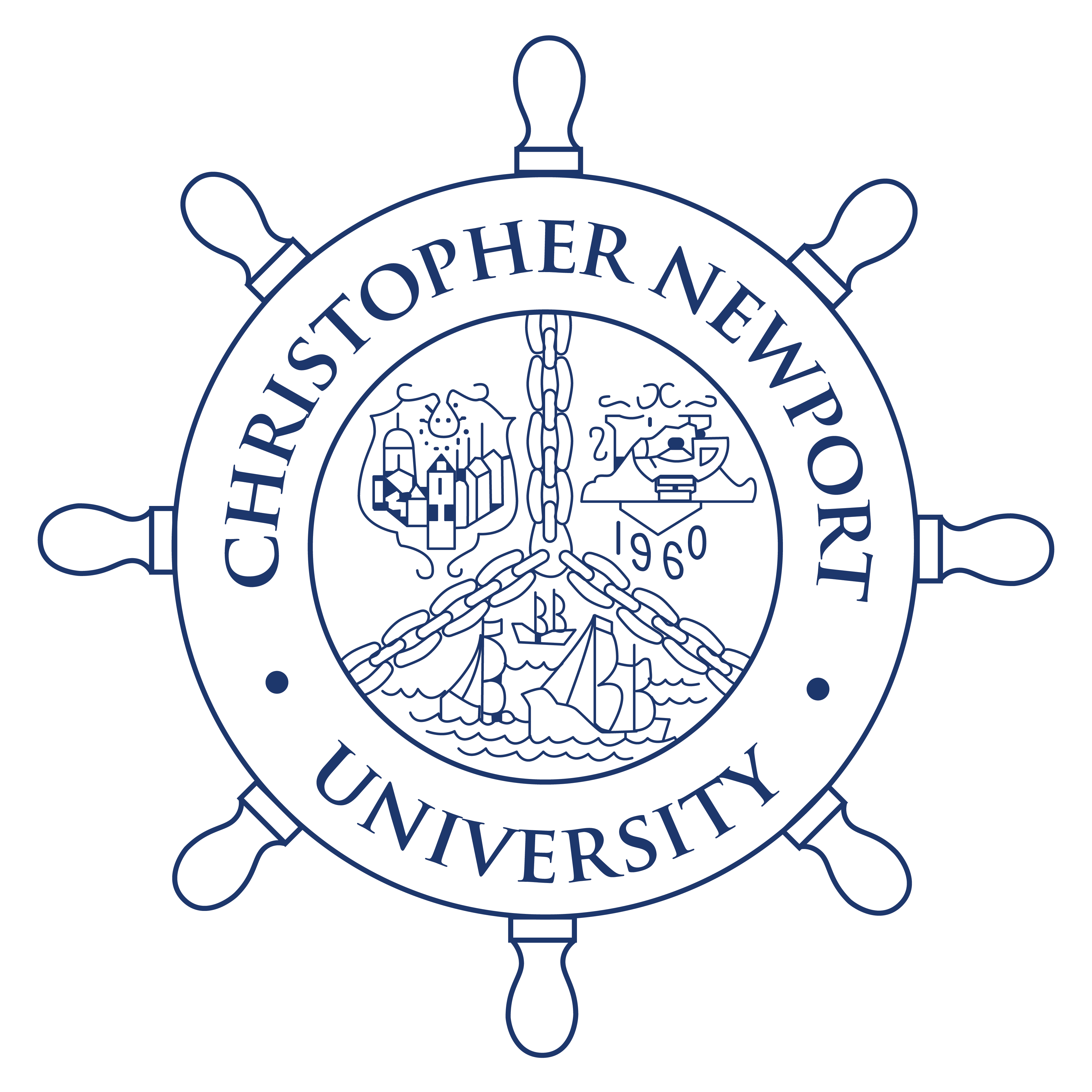
Logos
Christopher Newport University’s logos, marks, and related assets are protected and must be used in accordance with these guidelines. Under no circumstances may departments, offices, student organizations, or individuals create their own logo or alter the CNU logo in any way.
All branding elements, including logos, colors, and typefaces, must be used consistently and correctly. Visual integrity ensures that every message from Christopher Newport reinforces our reputation for excellence.
Logo and Wordmark Guidance
Proper and Improper Use of the CNU Logo
The Christopher Newport University sail logo is one of our most recognizable brand elements. To maintain the integrity and professionalism of our visual identity, it must be used consistently and correctly. Below are guidelines and examples of how to use the CNU sail logo and how not to.
- Always use the official, unaltered version of the logo provided by the Office of Communications and Public Relations (OCPR)
- Maintain clear space around the logo
- Use the logo in its original proportions and colors
- Use the logo on appropriate backgrounds that preserve legibility and contrast
- When resizing, scale proportionally to avoid distortion
- Use the logo in CNU Blue or approved grayscale versions only
Do not:
- Stretch or distort the logo
- Flip or rotate the logo
- Change the color of the logo
- Add shadows, glows, or other effects
- Add words to the sails or put words on or around the logo
- Place the logo on backgrounds that reduce contrast or legibility
- Recreate, redraw, or attempt to replicate the logo
- Invert the colors or use the logo in unapproved colorways
Logo Approval Process
The Christopher Newport sails logo is a powerful symbol of our university's identity and values. To preserve its integrity and ensure consistent use across all platforms, any use of the CNU sails logo must be approved by the Office of Communications and Public Relations (OCPR) prior to distribution.
This applies to all designs, whether for print, digital, merchandise, or event materials, that feature the CNU sails.
How to Request Approval:
- Obtain permission before incorporating the logo into any new design or layout.
- Send a draft of your design to branding@cnu.edu for review.
- OCPR will confirm if the usage is compliant or provide guidance on necessary changes.
Approval ensures the logo is used correctly and in alignment with CNU’s visual identity standards. Using the logo without permission or in unapproved colors, orientations, or contexts may result in the design being rejected for official use.
If you need official logo files or have questions about where and how to apply the CNU sails, OCPR is here to help.
Departments may not replace or modify the official logos. If you need logo files or approval for use, contact OCPR.
Additional Brand Usage
Departments may request OCPR-designed identity markers (e.g., for signage, programs, and event materials). These must always:
- Be created by or approved by OCPR
- Never function as independent or alternate logos
- Always appear in context with the CNU brand
OCPR develops and maintains marketing strategies in consultation with independent brand units, as needed. In general, these units are responsible for their own strategies and identity and editorial standards and may not be subject to OCPR oversight.
- Christopher Newport Alumni Society
- Department of Athletics
- Mary M. Torggler Fine Arts Center
- Ferguson Center for the Arts
- Retailers in the David Student Union
Any use of the Christopher Newport logo by these units must still be approved by OCPR.
Student organizations may design their own communications, but must request approval from OCPR when using university branding or logos.
Contact OCPR for official files and guidance on proper usage of logos, fonts, and colors. When in doubt, reach out to branding@cnu.edu to ensure your materials align with University standards.




